Key Points:
- Cutting back on alcohol often fails to relieve anxiety because even small amounts can trigger rebound stress, disrupt sleep, and sustain powerful drinking cues.
- Partial reduction rarely retrains the brain or repairs the sleep-anxiety loop.
- Full alcohol-free stretches, anxiety skills, and sleep repair work more reliably.
Anxiety flares, a drink smooths the edges, and then the next day the worry feels louder. Alcohol and anxiety link up in a cycle that rewards relief in the moment but keeps symptoms active. The sections below show how alcohol affects anxiety, why partial reduction often falls short, and what steps lead to steadier relief without guessing your way through trial and error.
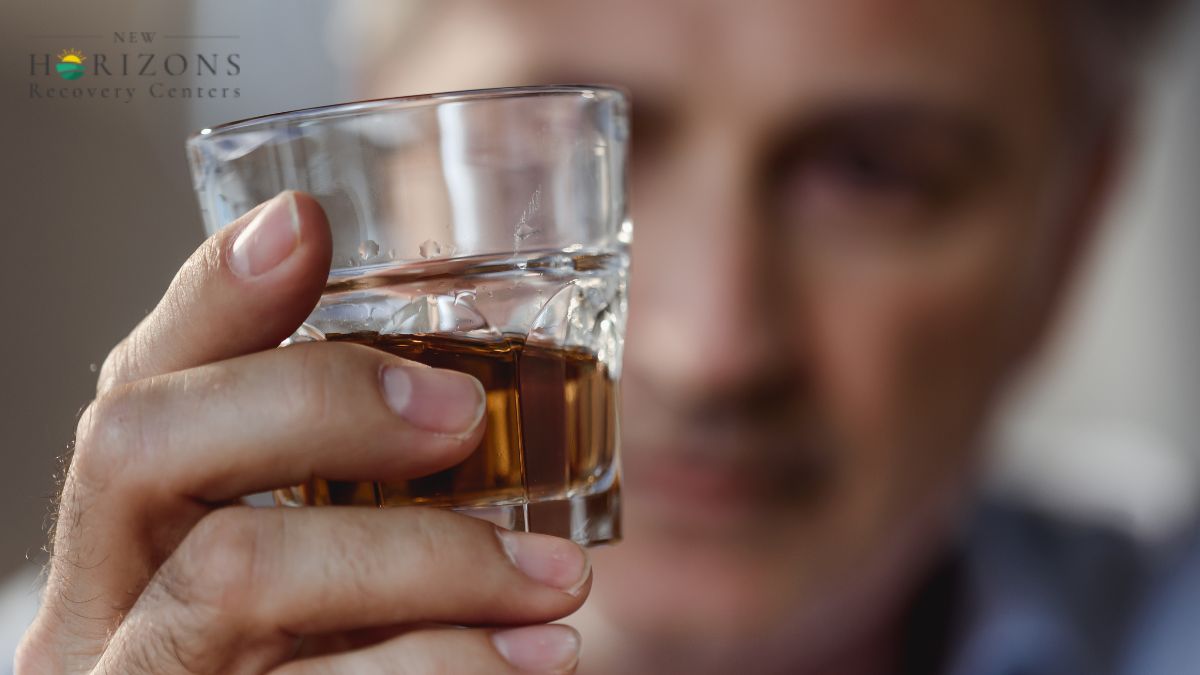
Why Does Alcohol Seem To Calm Anxiety At First?
Alcohol slows the brain’s stress circuits for a short window. It enhances inhibitory signaling and dampens arousal, so muscles loosen and racing thoughts settle.
That early quiet does not last. As alcohol wears off, the same circuits swing the other way, and sensitivity to stress increases, a pattern linked to alcohol withdrawal. That shift shows up as unease, irritability, or a jumpy mood even after light drinking.
Sleep adds more fuel. Alcohol helps people fall asleep faster but fragments the second half of the night, leading to sleep disturbances that carry into the next day. One study found a 2.8% reduction in REM sleep after drinking, a stage tied to emotional processing and next-day mood stability.
What to watch for
- Tense body and quick startle the morning after a nightcap
- Lighter, choppy sleep with early awakenings
- More worry after a few “calm” drinks the night before
Alcohol and Anxiety: The Rebound Loop
Alcohol feels like a shortcut when anxiety spikes. When drinking stops for the night or for a few days, the brain overshoots into a higher-stress state, which often coexists with anxiety and addiction. That rebound fuels the urge to drink again and keeps anxiety on a short leash.
Next-day “hangxiety” is common. In community samples, about 12% of adult drinkers report anxiety during a hangover and about 15% report depression. These numbers rise in some groups.
Signals the rebound loop is active
- Calm during drinks, followed by morning dread or guilt
- Plans to “cut back” that slide on weekends or after stress
- Growing reliance on alcohol before social events or bedtime
Why Cutting Back Often Falls Short
Reducing quantity or limiting to weekends can help at first, but many notice a return of symptoms. Several drivers explain why:
- Rebound still hits. Even small amounts can trigger light withdrawal sensations the next morning in sensitive people, including restlessness and unease.
- Sleep remains unstable. Fragmented sleep keeps anxiety high the next day even when overall intake drops.
- Cues stay powerful. Social spots, certain times of day, and stress triggers keep nudging drinking back up unless those cues are retrained.
- Co-occurring symptoms persist. Anxiety treatment program sets a plan for panic, social fear, and rumination. Without that, alcohol reduction alone leaves the original pressure in place.
- Tolerance lingers. The brain expects the old level of dampening, so partial cuts can feel unrewarding and spark relapse.
A better approach blends alcohol-free stretches, specific anxiety skills, and sleep repair so the cycle weakens on all sides at once.
How Common Is the Alcohol–Anxiety Overlap?
The overlap is frequent in clinics and in everyday life, which is why integrated treatment targets both sides at once. Among people treated for anxiety disorders, alcohol use disorder shows up in 20% to 40%. That range explains why narrow fixes often miss the mark and why screening for both conditions saves time.
What this means for you
- Screening for both conditions prevents chasing the wrong target.
- Integrated care plans reduce mixed signals, like calming anxiety by day but fueling cravings at night.
- Family and peer support work better when both sides are addressed.

What Happens When You Mix Alcohol and Anxiety Medication?
Benzodiazepines like alprazolam or lorazepam and alcohol both slow the central nervous system. Together they raise risks for sedation, slowed breathing, injuries, and overdose. The dangers of mixing prescription drugs with alcohol compound those effects.
The FDA strengthened boxed warnings for benzodiazepines due to misuse and dependence risks, which get worse with alcohol.
Antidepressants such as SSRIs or SNRIs can interact with alcohol by amplifying drowsiness and blunting treatment response. Guidance notes that alcohol may worsen mood and impair judgment while on these medicines, and some combinations raise additional risks such as blood pressure spikes with older MAOIs or liver strain with certain agents.
If you take an antidepressant for anxiety, ask your prescriber about alcohol limits, especially early in treatment.
Simple safety steps
- Avoid alcohol on days you use a benzodiazepine.
- If you are starting or adjusting an SSRI or SNRI, keep alcohol out of the picture until the plan is stable.
- Bring all medications and supplements to visits so your clinician can check for risks.
Does Drinking Alcohol Make Anxiety Worse Or Help?
Alcohol can mute symptoms briefly but raises the baseline later through sleep disruption and rebound stress. Anxiety’s contribution to addiction explains why the cycle repeats. The more that pattern repeats, the more anxiety shows up between drinks, which is why “just one” can lengthen the problem over months.
For social fear, alcohol may ease the early minutes of an event yet increase next-day avoidance. For generalized worry, it adds fatigue and reactivity that keep thoughts spinning.
Try these swaps when anxiety spikes
- Ten-minute body scan or paced breathing before plans that usually trigger a drink
- A warm shower and a short walk after work to lower arousal before dinner
- Early lights-off routine on nights you usually pour a nightcap
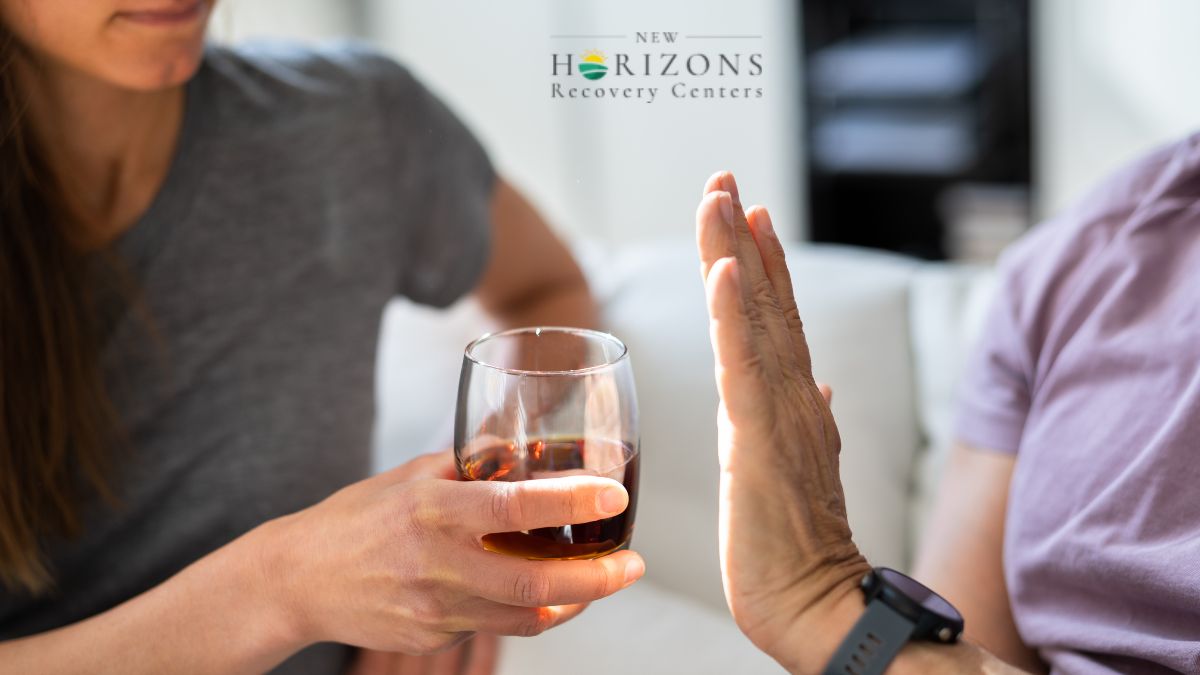
Practical Steps That Work Better Than Cutting Back
A stronger plan touches drinking patterns, anxiety skills, and sleep repair at the same time. Use the list below to build a first week, then add layers.
- Set alcohol-free anchors
Choose at least four alcohol-free days each week. Keep the same days for three weeks so cues weaken. Move social time earlier in the evening so bedtime is not linked to drinking. - Reshape the evening window
Create a repeatable 45-minute wind-down that does not include screens. Pair low light with quiet tasks and a light snack. Protect consistent sleep so next-day worry drops. - Train anxious moments
Use short, daily exposures to feared cues without alcohol. An IOP for anxiety structures exposures across the week. For social situations, arrive with a plan, such as greeting three people or leaving after one hour. Over time the body learns that safety does not require a drink. - Swap rituals, not willpower
Replace the glass with a cold, bitter, or tart option that gives a similar sensory hit. Keep it in the same kind of glass. Add a brief outdoor step between dinner and the sofa to reset the urge. - Tighten stress supports
Set two micro-habits you can do under pressure, such as two minutes of slow breathing before calls and a short stretch after you park the car. Small daily anchors lower the chance that alcohol becomes the only tool. - Plan help early
If cutting back keeps snapping back, talk with a clinician. Options include therapy for anxiety, medications for alcohol use disorder, or both. A unified plan lowers relapse risk and eases symptoms faster.
Alcohol and Anxiety: When To Get Extra Support
Seek extra help if panic surges between drinks, if you need alcohol to sleep most nights, or if relationships, work, or school take repeated hits. Integrated care screens for both anxiety and alcohol use patterns and aligns the plan so each step helps the other. If safety concerns are present, contact a professional right away.
Red flags that warrant a consult
- Strong morning anxiety most days of the week
- Alcohol use before medications or therapy sessions
- Repeated promises to “cut back” that do not hold
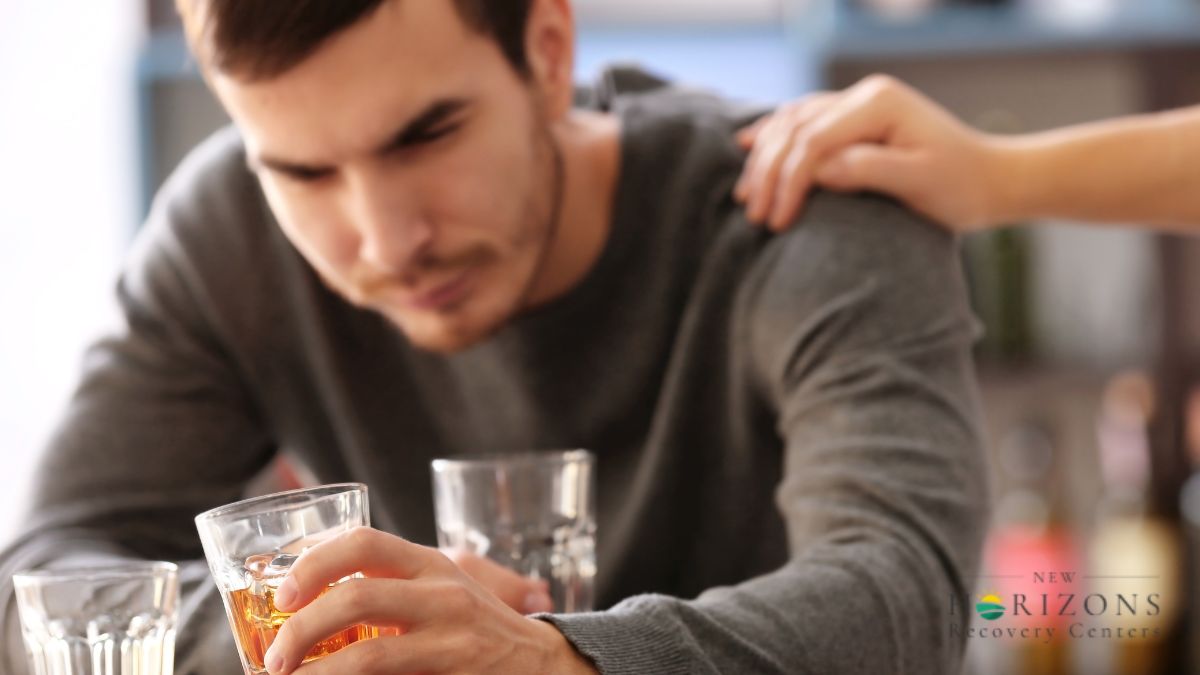
Frequently Asked Questions
Will quitting alcohol help my anxiety?
Quitting alcohol often reduces anxiety by improving sleep and lowering rebound stress. Anxiety levels typically decrease within 2 to 6 weeks of sobriety. People on anxiety medication should consult their prescriber before stopping alcohol, as medication effectiveness may improve during alcohol-free periods.
How does alcohol affect your mental health?
Alcohol affects mental health by disrupting brain signaling linked to stress and emotion. Initial relief is followed by heightened stress sensitivity, poor sleep, and next-day fatigue. Repeated use trains the brain to depend on alcohol for stress relief, increasing the risk of worsening anxiety and alcohol dependence over time.
How long does alcohol-induced anxiety last?
Alcohol-induced anxiety lasts from a few hours to two days, depending on alcohol amount, sleep quality, and personal sensitivity. Mild symptoms often ease after rest, while heavier use can prolong them. Ongoing anxiety between drinking episodes may require structured support or medical help.
Take the Next Step Toward Calmer Days
Treatment for drug addiction in Pennsylvania and Ohio connects you with therapy, skills training, and medical options that target alcohol and anxiety together so progress holds beyond a short “cut back” plan.
At New Horizons Recovery Centers, we offer evidence-based care and supportive programs that teach practical strategies, improve sleep, and reduce rebound stress. Reach out today to start a plan that replaces the quick fix with steady relief you can feel in daily life.



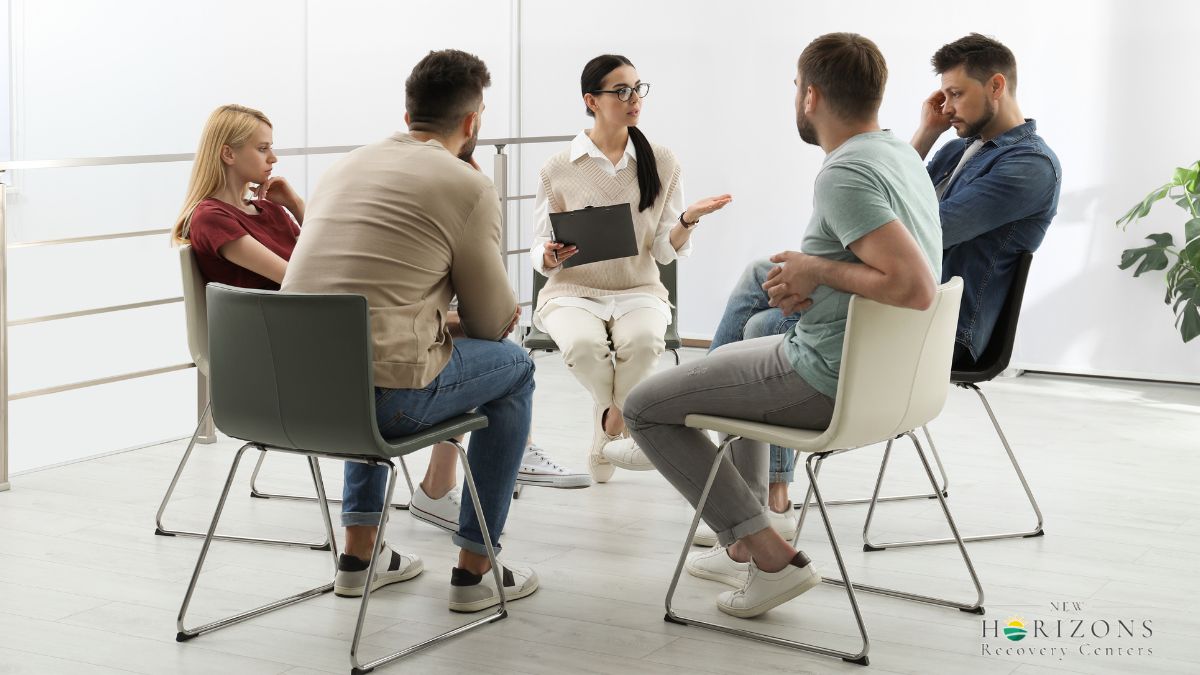
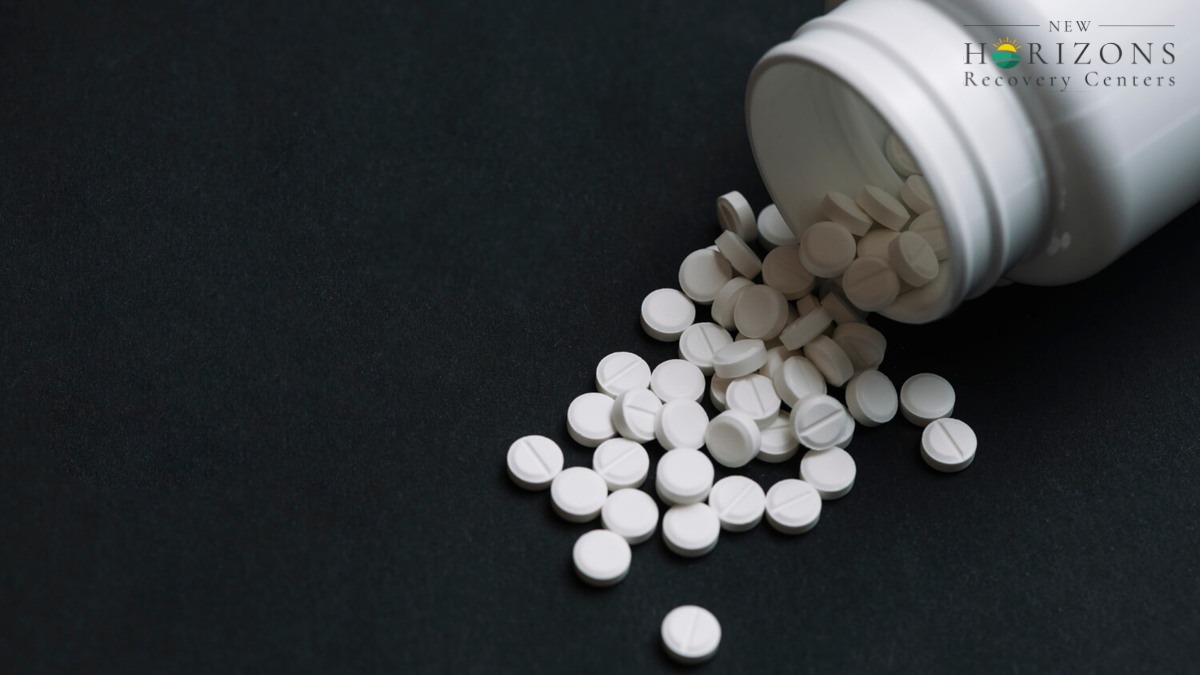
-ink.jpeg)
-ink.jpeg)
